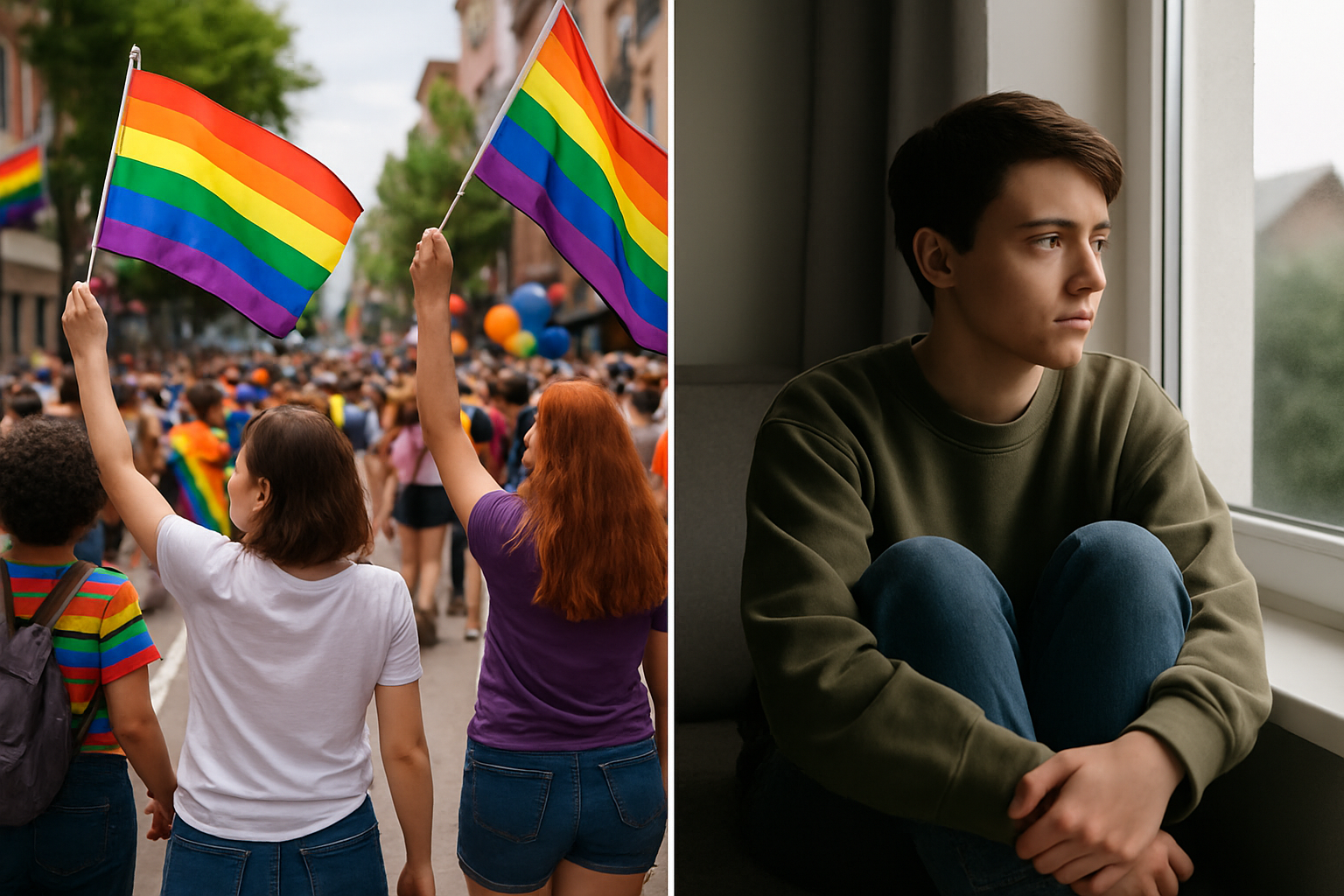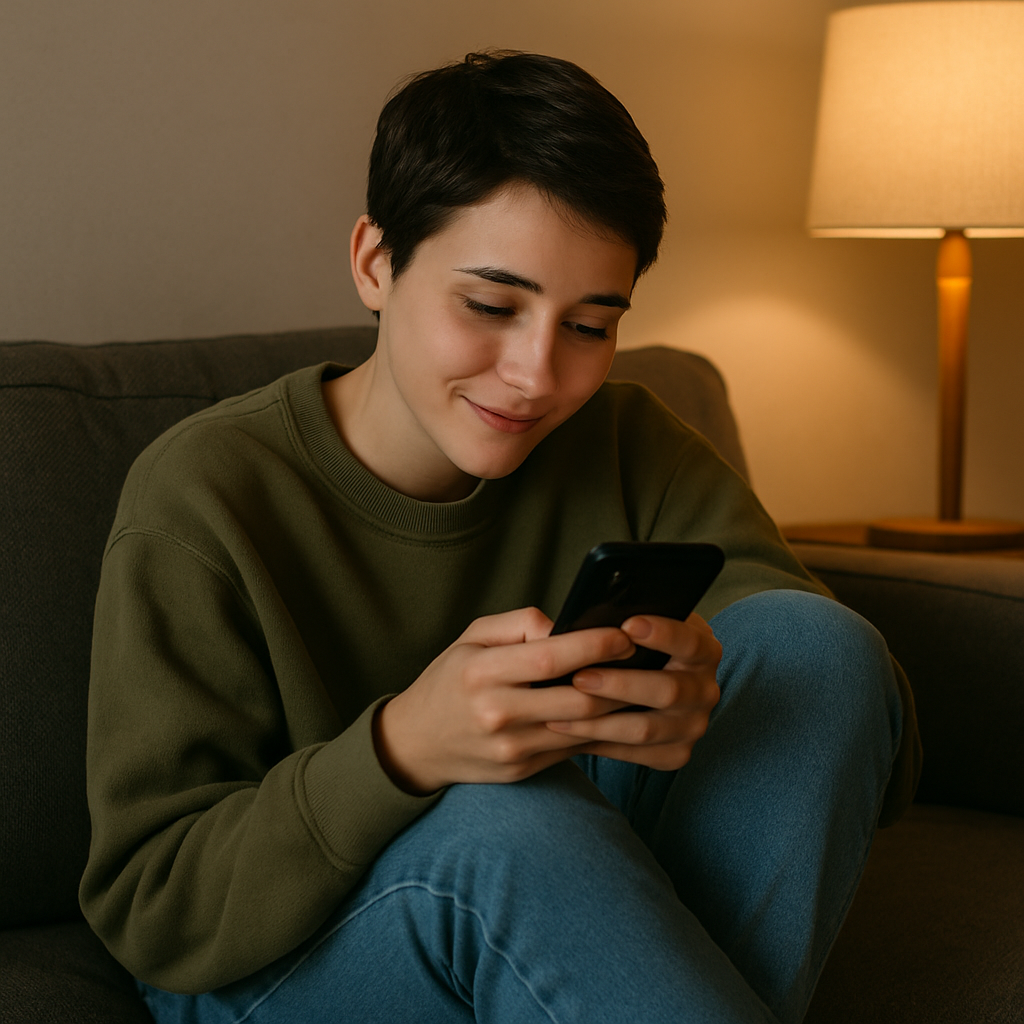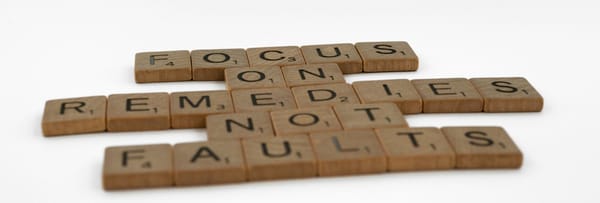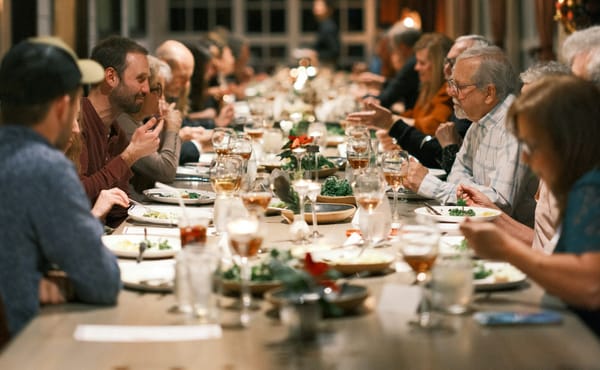Pride and Pain: Why Mental Health Support for LGBTQ+ People Still Falls Short

Pride Month is often painted in bright colors, parades, parties, and posts celebrating love and identity. And that joy matters. But for many LGBTQ+ people, Pride is also a time when deep emotional wounds surface. The very thing being celebrated, authenticity, is still something many have to fight for every day.
Even in 2025, LGBTQ+ individuals face higher rates of depression, anxiety, trauma, and suicide. These challenges don’t come from who they are but from how the world responds to who they are. From subtle micro aggressions to outright violence, from being misgendered in therapy sessions to fearing rejection at home, the pressure can be relentless.
And yet, mental health support often falls short. It is too expensive, too judgmental, or too out of touch. Many queer and trans people walk away from therapy not feeling heard but exhausted from having to explain themselves again and again.
That is why this Pride Month, we are talking about the part of the story that often gets overlooked. The quiet pain, the mental health toll, and the need for support that is truly safe, affirming, and accessible. Not just in June, but always.
The Two Sides of Pride
Every June, streets fill with color. Pride Month brings music, flags, and a powerful message of love and visibility. For many LGBTQ+ people, it is a time to feel part of something bigger, to feel seen, celebrated, and connected.
But not everyone experiences Pride that way.
Behind the joy, there is often quiet pain. Some people show up to Pride carrying years of rejection. Others stay home because they are not out yet, or because they do not feel safe. Some have lost friends or family along the way. Some are still learning how to accept themselves.
Even for those who are loud and proud, this month can bring up complicated emotions. Joy and grief can live side by side. You can feel proud of who you are and still feel the weight of everything you have gone through to get here.
This is the part of Pride we don’t talk about enough. The part that is not in the parade photos. The quiet side. The healing side.
At its best, Pride is not just a celebration. It is a reminder that LGBTQ+ people deserve joy, safety, and peace, not just in June, but all year long.

The Mental Health Crisis in LGBTQ+ Communities
LGBTQ+ people are not inherently more prone to mental health struggles. But the environments they grow up in, shame, fear, and rejection, can lead to real and lasting harm.
Research shows that LGBTQ+ individuals are significantly more likely to experience depression, anxiety, PTSD, and suicidal thoughts compared to their heterosexual or cisgender peers. According to The Trevor Project’s 2024 survey, 41 percent of LGBTQ+ youth seriously considered suicide in the past year. Fourteen percent made an attempt. These numbers are not just shocking, they are heartbreaking. And they are not just about statistics. They are about real people who deserve to be safe, understood, and supported.
What makes it worse is how early it can start. Many people begin feeling unsafe or unseen as children. Some are bullied in school, others are rejected by their families or places of worship. Some stay silent about who they are because they sense the risk is too high. Over time, these pressures create emotional scars that can affect self-worth, relationships, and trust in others including therapists.
For people who live at the intersection of multiple identities, the pressure is often doubled. A Black queer woman, a trans Muslim man, or a nonbinary person with a disability may all face compounding layers of stress, discrimination, and isolation. And many of them never get the help they need, simply because that help was not made with them in mind.
What Gets in the Way of Support
Wanting help is not the problem. Finding help that feels safe is.
Many LGBTQ+ people have tried therapy and walked away feeling misunderstood, judged, or simply tired. Not tired from the emotional work — but from having to explain basic parts of who they are to someone who is supposed to help them heal.
Support systems often fail not because people do not care, but because they are not built with LGBTQ+ experiences in mind.
Here are just a few of the barriers:
Fear of judgment
Even in therapy, many queer and trans people worry about how much they can say. Will the therapist make assumptions? Will they try to “fix” their identity instead of understanding their experience?
Lack of representation
It is hard to feel fully open when your therapist has never walked in your shoes. Most therapists are still straight and cisgender, and some lack the training to support LGBTQ+ clients beyond surface-level empathy.
Religious or cultural stigma
In many cultures, being LGBTQ+ is still taboo. Some people fear being seen entering a therapist’s office. Others have been told their mental health issues are the result of “lifestyle choices” a harmful and false narrative that adds shame instead of offering support.
The cost of care
Therapy is expensive. Affirming therapy, even more so. Many LGBTQ+ people, especially youth, are uninsured, underinsured, or financially dependent on people who do not support their identity.
Emotional exhaustion
Sometimes, it is just too tiring to start over with someone new. To tell your story again. To risk being misunderstood again.
These barriers are not just inconvenient, they can delay healing. They can push people further into isolation. And they are the reason so many still suffer in silence.
Bias in Traditional Therapy (And Why It Hurts)
Many therapists genuinely want to help. But good intentions don’t always lead to good outcomes, especially when bias goes unrecognized.
For LGBTQ+ clients, bias in therapy doesn’t always show up as open discrimination. Often, it’s quieter. It’s in the way questions are asked. It’s in what is assumed, what is skipped, or what is left unsaid.
Here are some real examples people have shared:
- A lesbian woman being asked if she’s "ever been with a man" before the therapist will talk about relationship issues
- A trans man being called by the wrong name three sessions in a row
- A nonbinary teen being told “you’re just confused” instead of being supported
- A gay man being offered advice based on outdated gender roles and assumptions about masculinity
Even subtle missteps like these can lead to deep discomfort. When therapy is supposed to be a place of safety and care, these moments can make someone shut down or walk away altogether.
There is also the emotional labor many LGBTQ+ people face in therapy having to teach their therapist about their identity before they can get to the actual work. That burden gets heavy, especially when someone is already in pain.
Therapy should be a space to heal, not another place to feel “othered.” But too often, the system replicates the very harms it claims to help repair.
This doesn’t mean traditional therapy is useless. It means it needs to grow. It needs to listen better. And it needs to meet people where they are, not where a textbook says they should be.
A New Path, Support That Listens First
For LGBTQ+ people who have felt ignored, judged, or exhausted by traditional therapy, the idea of starting over can feel impossible. What many want isn’t perfection, it’s presence. Not a solution in the first session, but space to be seen, to be heard, and to speak without fear.
That’s where new approaches to mental health can make a difference.
Aitherapy was designed with these needs in mind. It is not here to diagnose, label, or push. It is here to listen, ask thoughtful questions, and respond with evidence-based support that doesn’t make assumptions about who you are.
There are no intake forms that ask about your “real” name. No awkward first sessions explaining your identity. No fear that a stray comment will make you feel erased or misunderstood.
It also meets you where you are, literally. At home. On your phone. In the middle of the night when things feel overwhelming. Or on a quiet afternoon when you finally have time to breathe.
Here’s what makes it feel different:
- It never judges or moralizes
- It doesn't assume your gender, orientation, or relationship style
- It adapts to your pace — you can talk as much or as little as you want
- It uses therapeutic techniques like CBT, without trying to “fix” you
- It’s available any time, without appointments or awkward waits
Technology can’t replace human connection. But it can be a bridge, especially for those who have been hurt, left out, or turned away too many times.

Sometimes healing starts not with a person who has the answers, but with one who is willing to simply sit with your pain.
Healing Is Resistance
Pride began as a protest. It was never just about celebration, it was about survival. About saying, "We are still here," in a world that tried to erase LGBTQ+ people again and again. That same spirit lives on, not only in marches and flags, but in quiet acts of self-care.
Taking care of your mental health is not selfish. For many LGBTQ+ people, it is an act of defiance. Choosing to rest. To feel. To ask for help. To want more than just surviving, all of it is resistance in a world that tells you to shrink.
There is power in saying: I deserve to feel better. I deserve peace.
Whether you are out and proud or still figuring things out, your pain is valid. So is your hope. Pride does not mean being happy all the time. It means being honest — with yourself and with the world — and fighting for the space to live fully.
Healing does not always look big or loud. Sometimes it’s just opening your phone at 2am and typing out the thing you have not said to anyone. Sometimes it’s sitting with yourself and letting the weight lift, even a little.
You are allowed to rest. You are allowed to heal. You are allowed to feel joy without guilt.
That is what Pride is about, too.
The Power of LGBTQ+ Allyship for Mental Health Care | Julia Jordan-Lake | TEDxNormal
You’re Not Alone, And You Don’t Have to Perform to Be Helped
You don’t need the perfect words. You don’t need to be “doing better.” You don’t need to shrink yourself or explain everything. You deserve support simply because you’re human.
Too many LGBTQ+ people have learned to keep their guard up — even when asking for help. But healing doesn’t have to mean performing strength. Sometimes, the bravest thing you can do is admit that you’re struggling.
If that’s where you are right now, know this: you’re not broken, and you’re not alone. Your pain is real, and it’s okay to want things to feel easier.
That’s what Aitherapy is here for.
It’s not a replacement for human connection, but it is a space to start — where you can be honest without judgment. Where no one makes assumptions. Where you can write what you feel and hear back something kind, something thoughtful, something that meets you where you are.
If Pride Month feels heavy this year, let that be your signal to pause. You don’t have to carry everything alone. Whether you’re just starting your healing or picking it back up again, there’s room for you here.
Try Aitherapy for free today!





